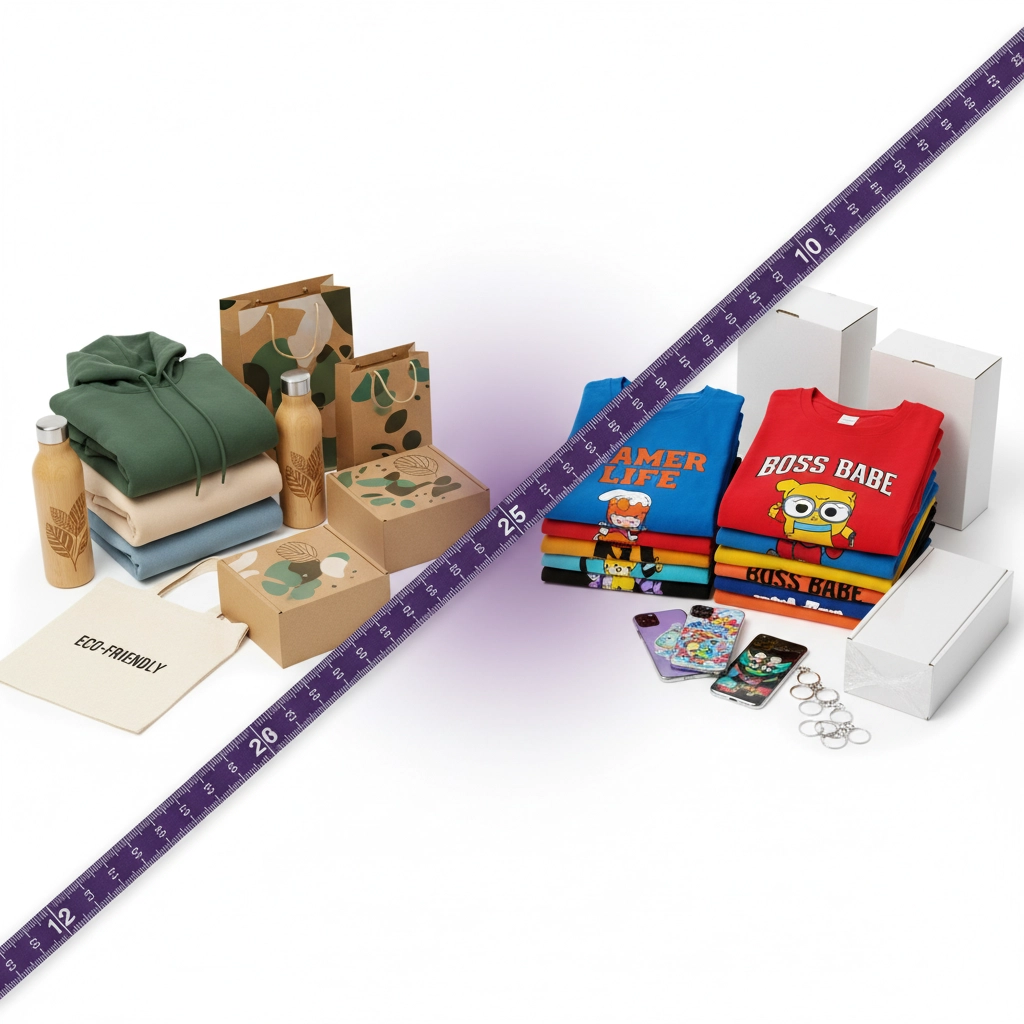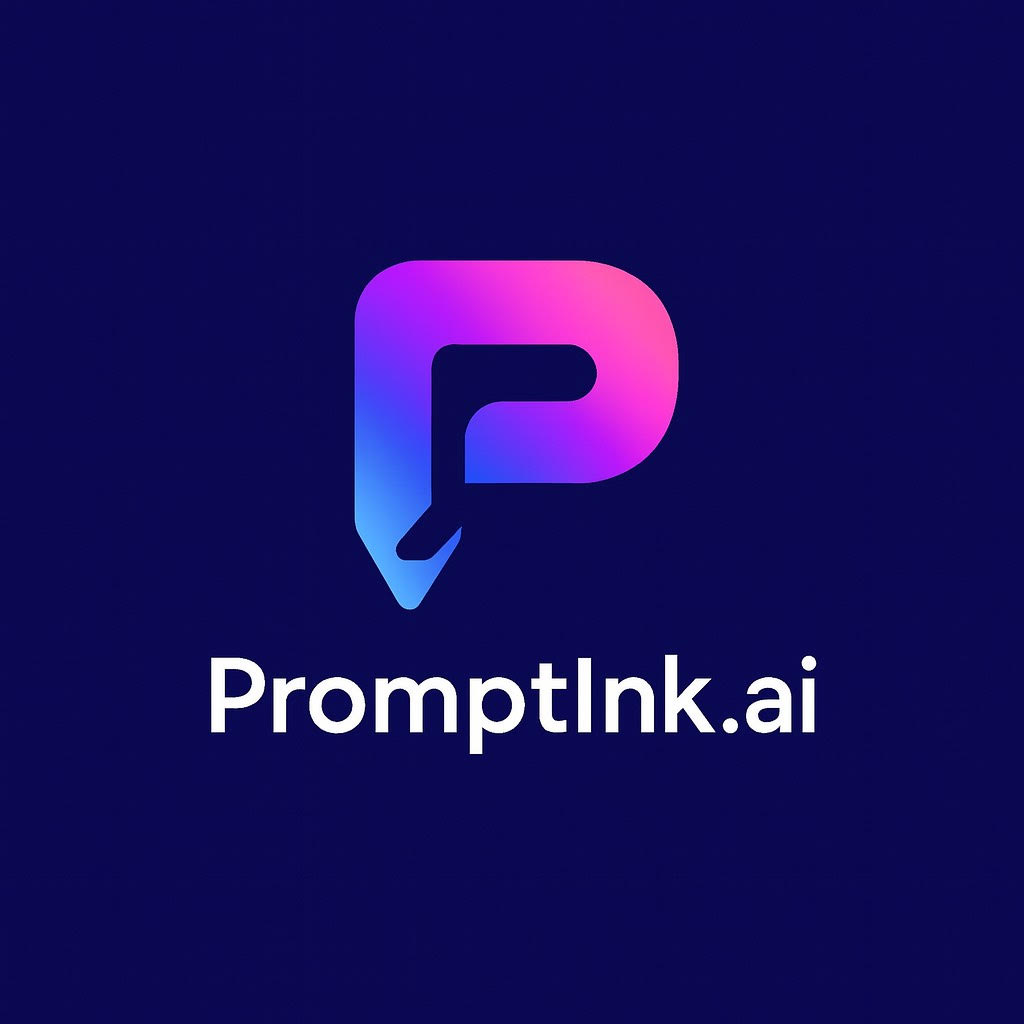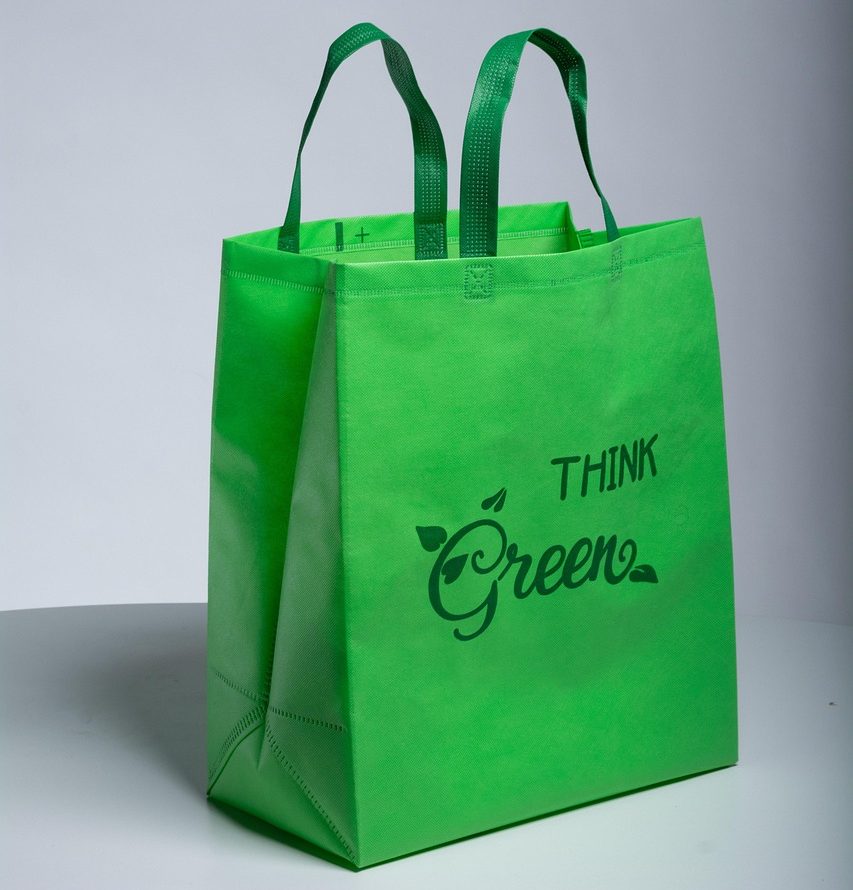
The sustainability revolution isn’t coming: it’s here, and it’s reshaping how customers shop. But here’s the million-dollar question every Shopify merchant is asking: Does going green actually boost your conversion rates, or are you better off sticking with traditional POD?
The answer isn’t as black and white as you might think. In 2025, the average POD store converts at 1.7% to 3.5%, with top-performing stores breaking the 5% barrier. But when it comes to eco-friendly versus regular merchandise, the conversion battle depends on way more than just environmental credentials.
Let’s dive deep into the data, consumer behavior, and real-world results that’ll help you choose the right path for your store.
The Current POD Landscape: Where We Stand in 2025
The print-on-demand market has exploded to a projected $87.1 billion industry, and consumer expectations have evolved dramatically. Today’s shoppers aren’t just buying products: they’re buying into brands, values, and experiences.
Here’s what’s driving conversions right now:
- Authentic brand storytelling that connects with specific audiences
- Unique designs that can’t be found everywhere else
- Clear value propositions beyond just the product itself
- Optimized product pages with compelling visuals and descriptions
- Strong social proof and community engagement
The stores crushing it aren’t necessarily the most eco-friendly or the cheapest: they’re the ones that understand their customers’ deepest motivations and deliver exactly what those customers want.

Eco-Friendly POD: The Conscious Consumer Advantage
The Good News: Sustainability isn’t just a trend anymore: it’s a legitimate buying criterion. When you position eco-friendly products correctly, you’re tapping into a growing segment of consumers who actively seek out brands that align with their values.
Conversion Boosters for Eco-Friendly POD:
- Premium positioning works: Conscious consumers expect to pay more for sustainable products and often associate higher prices with better quality
- Brand loyalty runs deeper: Once eco-conscious customers find a brand they trust, they tend to stick around and make repeat purchases
- Word-of-mouth marketing: Sustainable brands often benefit from organic sharing and recommendations within conscious consumer communities
- Future-proofing: As environmental regulations tighten, you’re already ahead of the compliance curve
The Reality Check: Eco-friendly doesn’t automatically equal higher conversions. Your success depends on targeting the right audience and communicating your value proposition clearly. If your typical customer is primarily price-focused, eco-friendly positioning might actually hurt your conversion rates.
Smart Positioning Strategies:
- Lead with quality and uniqueness, then highlight sustainability as an added bonus
- Use specific certifications and transparent supply chain information
- Tell the story behind your eco-friendly choices: make it personal and relatable
- Price confidently but explain the value behind the premium
Regular POD: The Mass Appeal Play
The Conversion Advantages: Traditional POD still offers some compelling benefits that can drive higher conversion rates in specific scenarios.
Where Regular POD Wins:
- Lower price points: With base costs typically £10-£20 per item, you can offer competitive pricing that appeals to price-sensitive shoppers
- Wider product variety: More supplier options mean more flexibility in product selection and niche targeting
- Faster market testing: Lower investment barriers let you test multiple niches and designs quickly
- Established customer expectations: Many customers are already familiar with standard POD quality and pricing
The Profit Reality: Regular POD typically delivers £5-£15 net profit per sale, giving you room for aggressive pricing or higher margins depending on your strategy.

The Conversion Rate Battle: What the Data Really Shows
Here’s where things get interesting. The conversion rate difference between eco-friendly and regular POD isn’t as dramatic as many merchants expect. What matters more is how well you match your product positioning with your audience’s values and expectations.
High-Converting Eco-Friendly Stores Typically:
- Target specific niches (yoga practitioners, outdoor enthusiasts, conscious parents)
- Communicate sustainability benefits clearly without being preachy
- Combine eco-credentials with outstanding design quality
- Build community around shared values, not just products
High-Converting Regular POD Stores Excel at:
- Identifying underserved niches with strong demand
- Creating unique designs that stand out in crowded markets
- Optimizing for specific keywords and seasonal trends
- Focusing purely on design innovation and customer experience
Marketing Strategies That Actually Move the Needle
For Eco-Friendly POD Success:
Your marketing needs to speak to values while still highlighting practical benefits. Here’s what’s working:
- Storytelling that connects: Share the real impact of choosing sustainable products
- Community building: Create spaces where conscious consumers can connect and share
- Influencer partnerships: Work with sustainability advocates and micro-influencers in your niche
- Content marketing: Educational content about sustainability trends and lifestyle tips
For Regular POD Success:
Focus on what makes your designs and brand unique:
- Trend arbitrage: Spot rising aesthetics and cultural moments early
- Niche domination: Become the go-to brand for specific communities or interests
- Design innovation: Invest in unique, original artwork that can’t be found elsewhere
- Performance marketing: Use data-driven advertising to reach high-intent buyers

The Fulfillment Reality Check
Eco-Friendly Fulfillment Considerations:
- Longer production times due to sustainable material sourcing
- Limited supplier options in some product categories
- Higher base costs that impact your pricing strategy
- Quality variations between eco-friendly suppliers
Regular POD Fulfillment Benefits:
- Established supplier networks with proven reliability
- Faster production and shipping times
- More predictable quality control
- Greater flexibility in product customization
Profit Margin Deep Dive
Eco-Friendly POD Economics:
- Higher base costs: $15-$30+ per item depending on product and certifications
- Premium pricing opportunity: 25-50% higher retail prices often acceptable
- Lower volume but higher value per customer
- Stronger customer retention and lifetime value
Regular POD Economics:
- Lower base costs: $10-$20 per item for most products
- Competitive pricing pressure in saturated markets
- Higher volume potential with broader appeal
- Success depends heavily on design differentiation and niche selection
The Hybrid Approach: Best of Both Worlds
Here’s a strategy that’s working for savvy merchants: offer both options and let your customers choose. This approach lets you:
- Test which products convert better for your specific audience
- Appeal to both conscious and price-sensitive customers
- Gather real data on customer preferences
- Optimize your product mix based on actual performance
Implementation Tips:
- A/B test eco-friendly versions of your best-selling designs
- Use customer surveys to understand sustainability preferences
- Clearly communicate the differences and benefits of each option
- Track not just conversion rates but customer lifetime value
Making Your Decision: Which Path Is Right for You?
Choose Eco-Friendly POD if:
- Your target audience includes environmentally conscious consumers
- You can authentically communicate sustainability values
- You’re building a brand for long-term growth rather than quick wins
- Your niche naturally aligns with conscious consumption (wellness, outdoor, parenting)
Choose Regular POD if:
- Price competitiveness is critical in your market
- Your audience prioritizes design and value over production methods
- You need maximum flexibility for rapid testing and iteration
- Your focus is primarily on design innovation and trend-following
The Bottom Line: In 2025, conversion success isn’t determined by whether your products are eco-friendly or traditional: it’s about understanding your customers’ priorities and delivering exactly what they value most. The stores winning the conversion game are those that align their product positioning with their audience’s deepest motivations, whether that’s sustainability, affordability, uniqueness, or pure aesthetic appeal.
The future belongs to merchants who can read their market accurately and position their products accordingly. Whether you choose green or traditional, make sure your choice serves your customers’ real needs, not just the latest trend headlines.
Ready to optimize your POD strategy with data-driven insights? The key is testing, measuring, and adapting based on real customer behavior rather than industry assumptions.


Leave a Reply